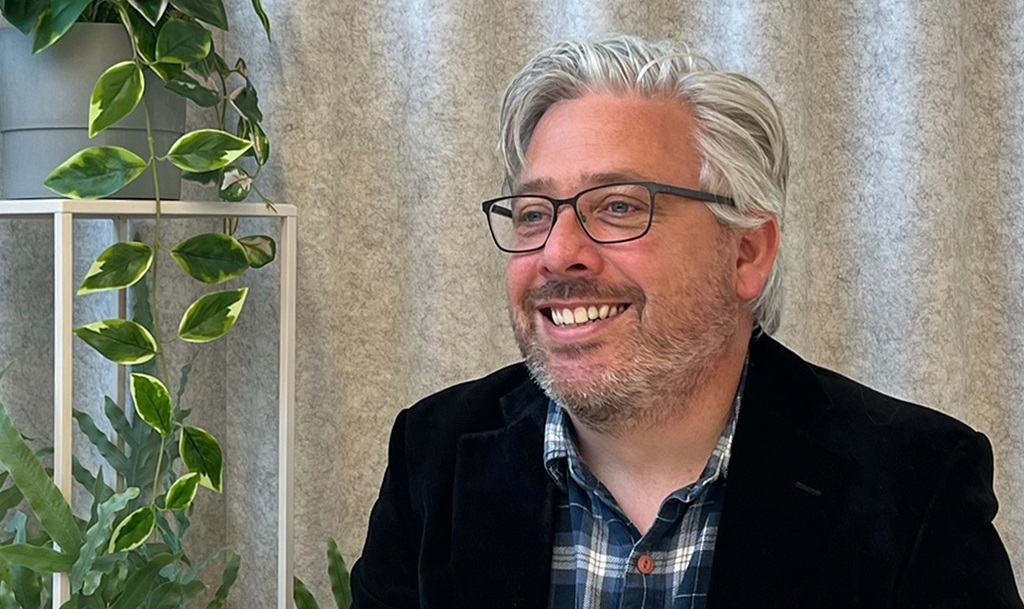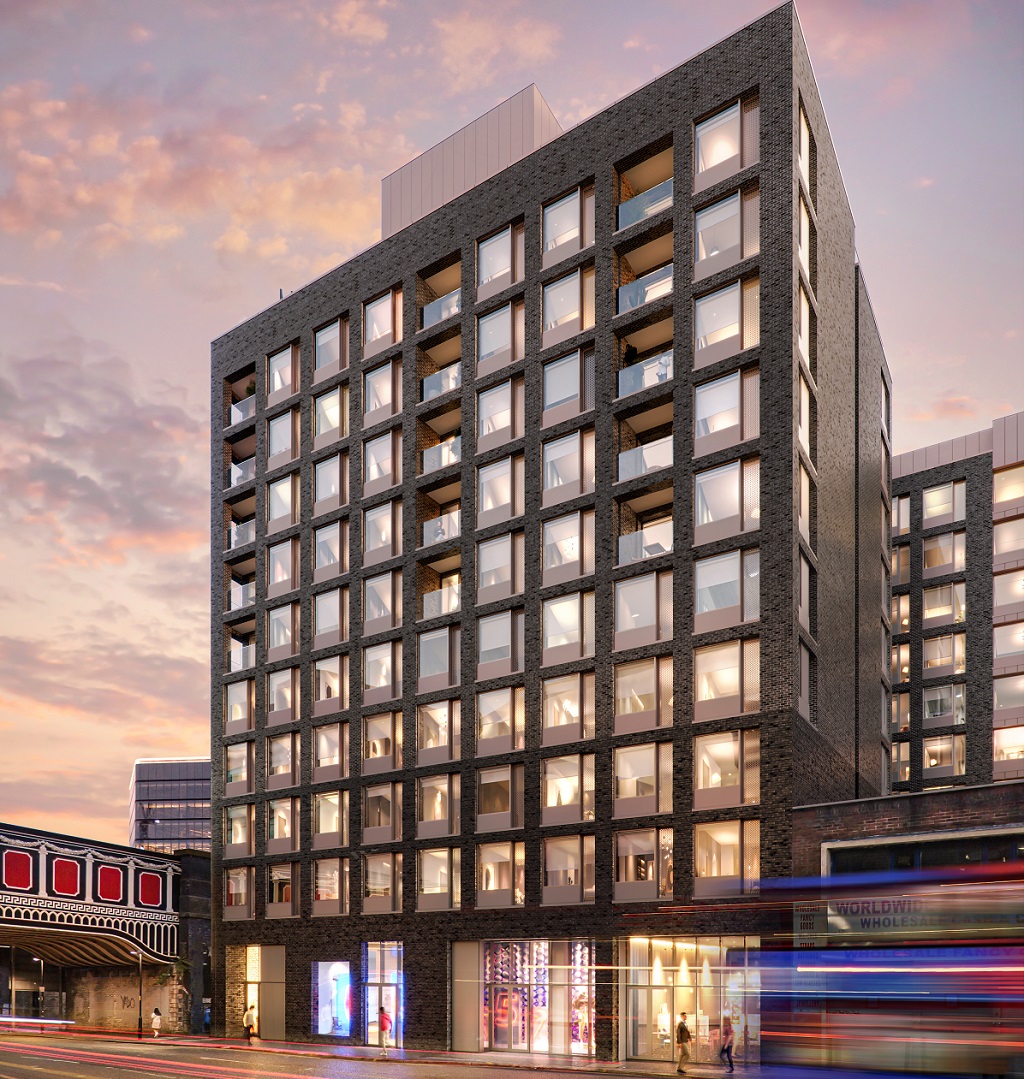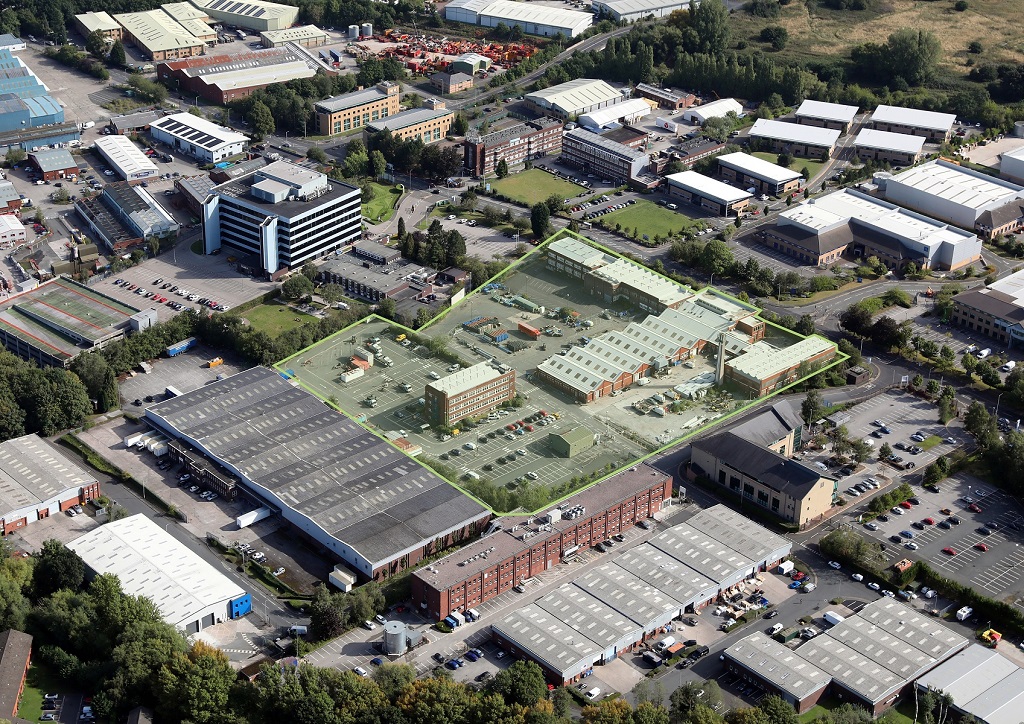Commentary
Innovating the future: designing for life sciences
Mark Adey of Fairhursts Design Group explores the intricate relationship between life science, innovation, and sustainable building design, emphasising the crucial role of culture and collaboration in shaping the future of scientific advancements.
The life sciences industry is a dynamic force within UK innovation, contributing to the research, development, and manufacturing of products that enhance quality of life. As a vital part of Innovate UK’s diverse portfolio, life sciences share the stage with many other sectors, including energy, space, and manufacturing.
The evolution of innovation
Innovation is defined as the development and scaling of ideas for societal improvement. Where invention is the idea, innovation is the discovery and the manufacture. In 1928 Alexander Fleming discovered Penicillium’s effect on his bacteria experiments, but it took until the early 1940s for Penicillin to become a practical and society-changing cure. Innovation does not happen by chance, it emerges through a combination of circumstance, dedication, and interdisciplinary collaboration – it takes time and it requires unique, flexible, and adaptable environments that allow it to happen.
Designing for multidisciplinary and collaborative innovation
Life science is multifaceted and extends beyond the stereotypical image of scientists huddled around a test tube. Companies such as Apple, primarily known for consumer electronics, contribute to life sciences through the development of wearable medical devices, and it’s this recognition of the truly multidisciplinary nature of science that is crucial to designing exciting and effective buildings, campuses and clusters.
Facilities must go beyond traditional setups to foster a culture of collaboration and support not only for life science but also for related and seemingly unrelated sectors. Rather than focusing solely on laboratory-based bench work, campuses should cater for a wide variety of science applications by providing spaces beyond the lab where people can come together to meet and share ideas. Flexibility and adaptability are key considerations to accommodate this diversity and the ability to carry out not only fundamental research, but pilot-scale and full-scale manufacturing need to be factored in.
Case Study: The Manufacturing Technology Centre
At the Manufacturing Technology Centre, the facility demonstrates a loose-fit approach to space planning alongside a very flexible servicing strategy which has allowed the building to continue to evolve to meet new tenant requirements. The spaces range from traditional laboratory spaces and climate rooms to large-scale production engineering halls. There are many important lessons to be learnt from across the science and innovation sectors that will lead to the creation of more flexible and richer environments.
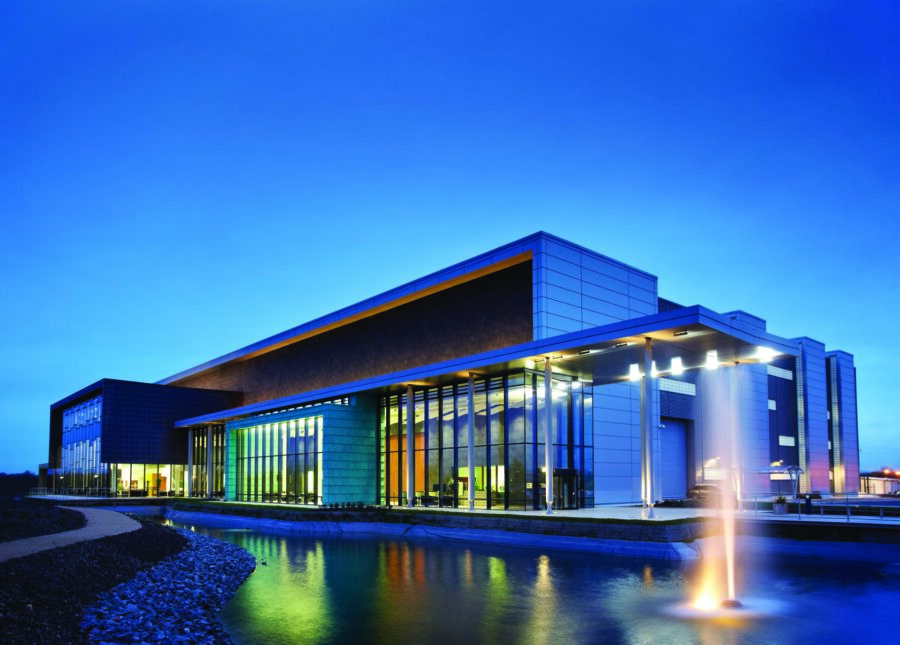
Sustainability in building for science
Additionally, flexibility in infrastructure not only supports diverse research needs but also aligns with sustainability goals by allowing buildings to adapt over time, reducing the need for demolition and reconstruction.
In commercial science buildings, the importance of recognising the legacy value of fit-outs and their adaptability cannot be overstated. As companies within the life science sector experience growth cycles, the value of fit-outs needs to be factored into design decisions, and a balance found between bespoke spaces and long-term sustainability. This will ensure fit-outs contribute to the second and third-generation value and prevent unnecessary demolition of valuable science spaces.
While designing sustainable, low-energy buildings is essential, the operational aspect of science buildings can have a more significant and detrimental impact on the environment. Communicating the importance of operational energy efficiency to clients is therefore crucial, and perhaps incentivising low energy use could further encourage sustainable practices to be adopted as well as drive the creation of more efficient and environmentally conscious research environments.
Case Study: The GSK Centre for Sustainable Chemistry
The GSK Centre for Sustainable Chemistry at the University of Nottingham serves as a beacon for sustainability in science buildings. While excelling in energy efficiency and material use, its true success lies in fostering a culture of behavioural change among scientists. The building design encourages scientists to think critically about their impact, leading to continuous efforts to minimise energy consumption and waste. Despite operational challenges, the cultural and behavioural impact of the building on the wider science community is undeniable.
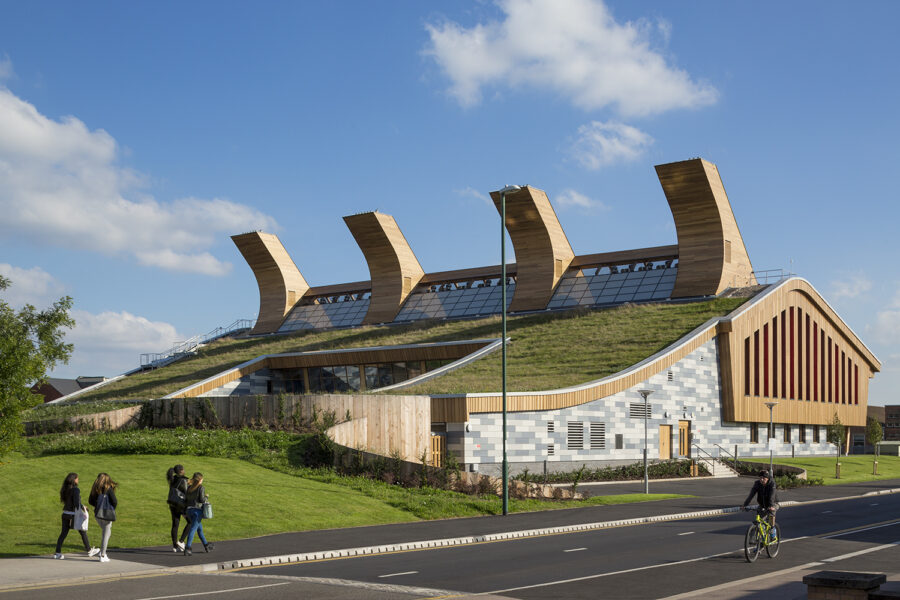
Forging a people-centric future in sustainable life sciences
Life sciences are poised to drive UK innovation and economic growth, so understanding how to develop buildings, campuses, and clusters that support multi-disciplinary innovation is vital. In the North West, it is important for us to leverage established innovation clusters such as manufacturing, textiles, and chemical engineering that have grown through long-term industry knowledge and development and use these examples to inform future schemes.
Building design can have a hugely positive impact on sustainability, an impact that goes far beyond just switching off the lights. By creating an emotional response, a feeling of ownership, we as architects and property development professionals can create a sustainability message that can change behaviours, and how science is carried out, for generations to come.
Although science buildings are very technical and with complex functional requirements, it is important to remember that they are still for people. Whilst we strive for efficiency and control, we also need to recognise that serendipity, enjoyment, a sense of place and worth are all critical factors in how innovation can be allowed to flourish.
- Mark Adey is managing director of Fairhursts Design Group


